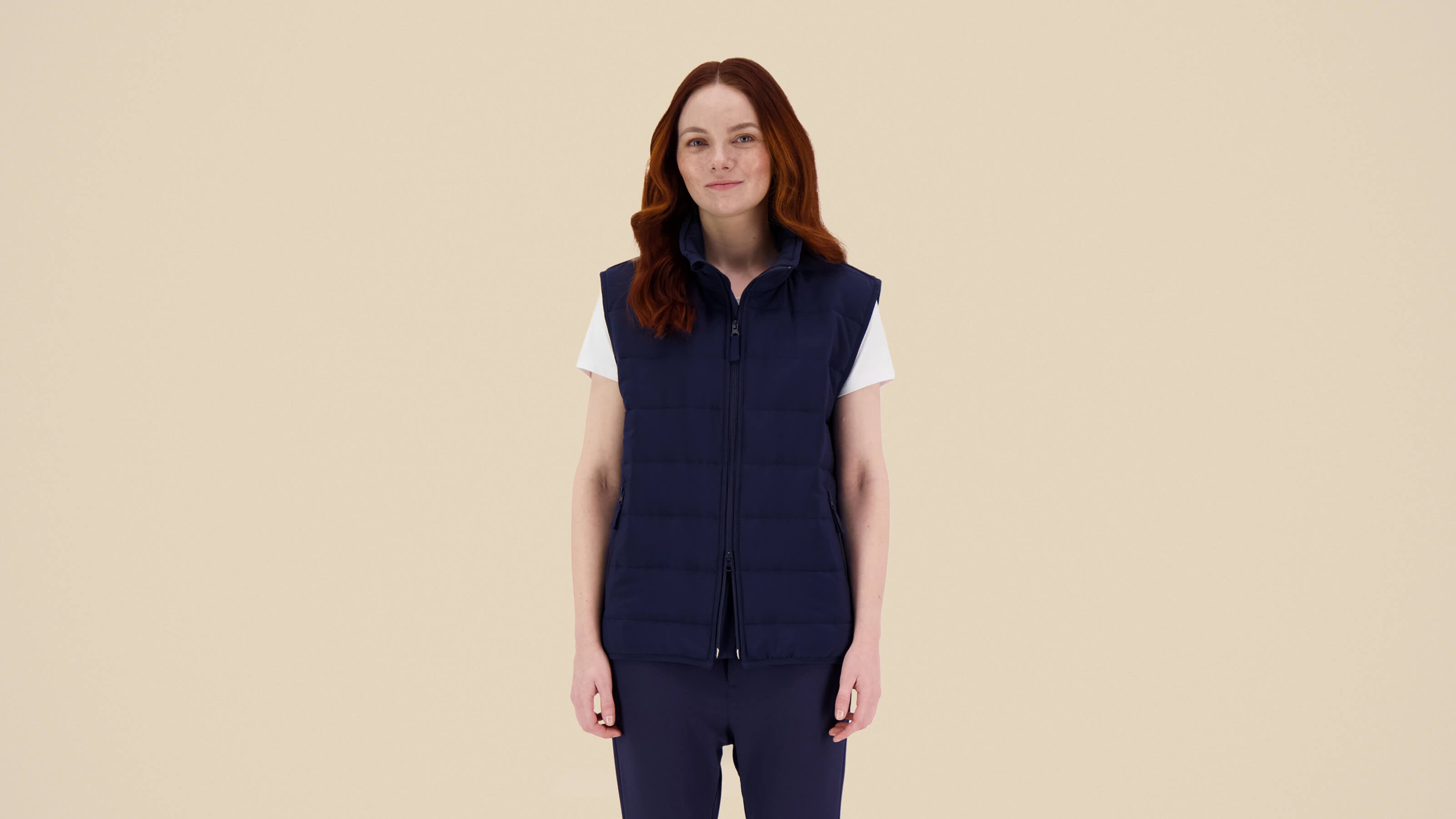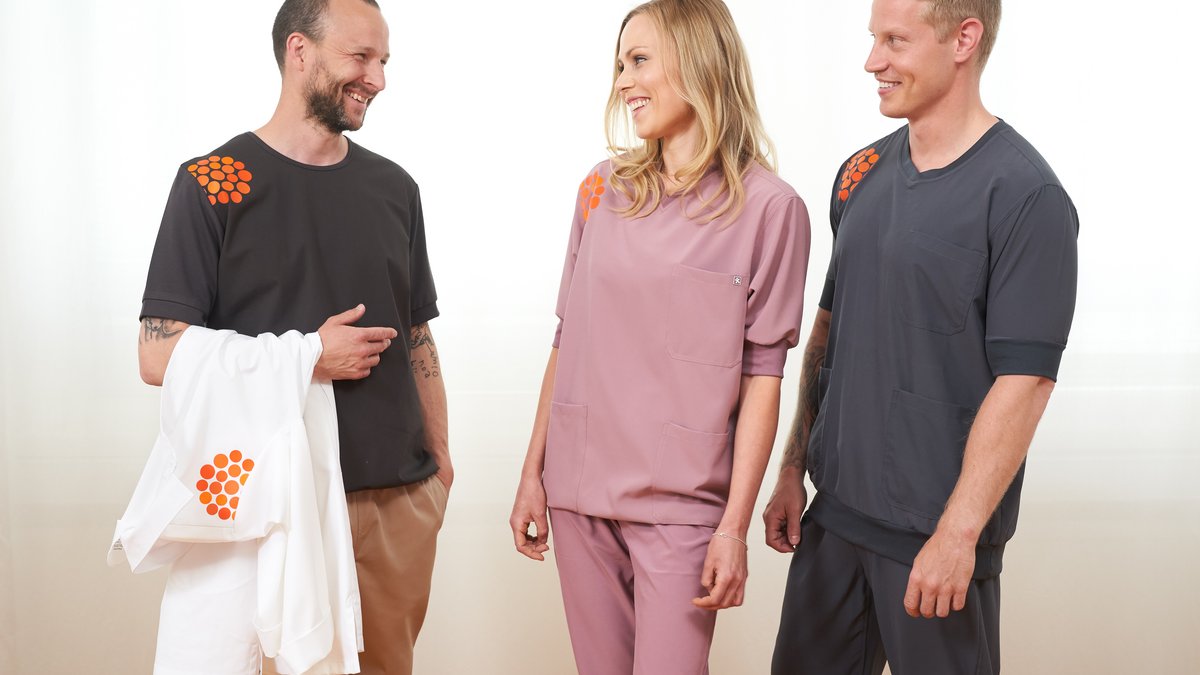Medanta has been conducting research and development work together with microbiology professor Per Saris for a couple of years. Saris is a professor at the Department of Microbiology at the Faculty of Agriculture and Forestry at the University of Helsinki and considers collaboration with companies important.
"The university has three main tasks: teaching, research, and social impact, which is the result of our cooperation with various companies. Students also benefit from these activities: they learn how things are done in companies. I think I am one of the most diligent maintainers of business cooperation in my own faculty," says Saris.
Below, he answers 4 questions about infection control in the hospital environment and the benefits of using antibacterial textiles in the restaurant world.
What is the importance of antibacterial textiles in hospital environments and restaurants?
“Textiles have a lot of potential in fighting infections. In a hospital environment, antibacterial textiles are particularly useful in patient clothing. The surface of the garment is in close contact with the patient’s skin, and if the patient has, for example, bedsores, an antibacterially treated garment can potentially speed up the healing of the wounds – it acts as a kind of big plaster. This is something we have known for a long time, as, for example, fabric plasters and bandages have been used in healthcare for a long time, and some of them contain substances that are antimicrobial and promote healing.
Overall, it is important to note that infections need to be prevented in many ways. Overall hygiene comes from building enough different barriers for bacteria to spread and multiply. Clothing alone is not effective enough to prevent the spread of bacteria, but it can be a good addition to all of this.
Hand hygiene is the most important thing: wash your hands frequently and dry them carefully. Cleanliness also includes not touching your nose, eyes, or mouth with your hands during work tasks – or if you do, wash your hands immediately.
In a kitchen environment, antibacterial textiles work best where 'hands are used'. I think that, for example, the side dish used by chefs should be made of antibacterially treated fabric, because the chef often wipes his hands on it. Hands also often touch the apron, so antibacterial treatment can also be beneficial there.”
How do hospital and restaurant environments differ in terms of the spread of bacteria?
“Hand hygiene is particularly important in both of these environments. In hospitals, antibacterial textiles are more important because there are many people with weakened immunity. The spread of infections in hospitals could be prevented a lot by simply changing door handles to copper ones. Copper itself is an antibacterial substance.
People who go to restaurants are mostly healthy and stay there for a relatively short time. Infections are not easily spread there, also because trained staff know how to prepare and store food. On average, restaurants provide safer food than at home, as professionals in the industry have better knowledge of hygiene than home cooks.
There is a lot of talk in the media about superbugs these days, but I would like to emphasize that there are no real superbugs. Some bacteria have simply developed more resistance to certain antibiotics when they have been stressed enough with drugs. If the use of antibiotics is stopped for a long time, resistance no longer provides a competitive advantage for the bacteria, so its importance decreases.”
What other benefits does antimicrobial fabric have?
“Many users have noticed that antibacterial workwear does not absorb as much sweat odor as regular clothing. This property could also be utilized elsewhere, for example in shoe inner textiles and insoles.
The antibacterial property also has other benefits. For example, the treatment can prevent fabric packages and clothes from becoming moldy during long transport and storage. This is very important for textile production and logistics, i.e. in a commercial sense: textiles are shipped over long distances and are transported and stored, for example, in sea containers.”
What antibacterial innovations are coming and what are you researching in collaboration with Medanta?
"Antibacterial properties in textiles have traditionally been based on the use of silver and copper compounds. Now, as new properties, we are exploring the potential of wood-based substances, such as resin, in combating bacteria."
With Medanta, we have studied the bacterial content of work clothes after a working day. Next, we will determine the bacterial content of patient clothes and linens after eight hours of use. We will have more detailed information on this in the spring of 2019.”


















Leave a comment
This site is protected by hCaptcha and the hCaptcha Privacy Policy and Terms of Service apply.